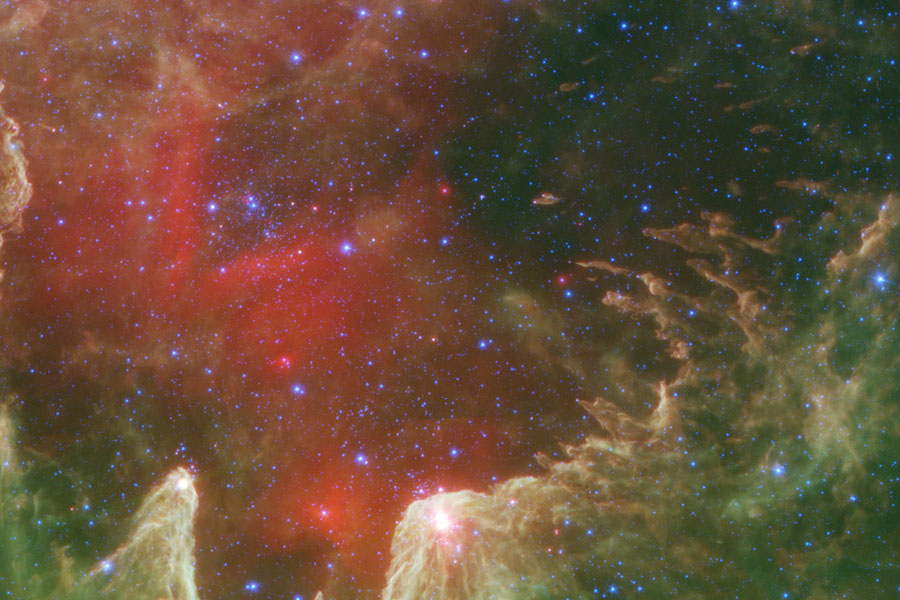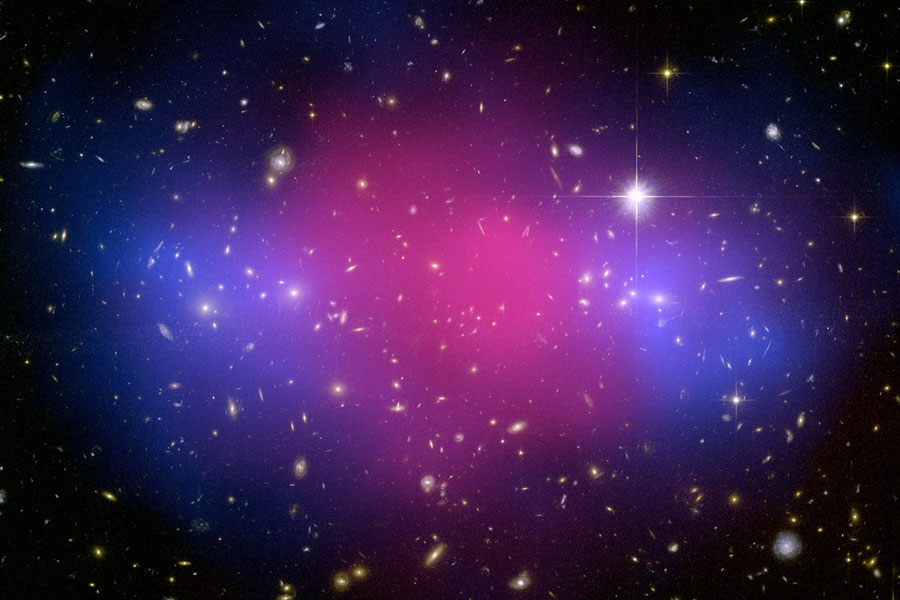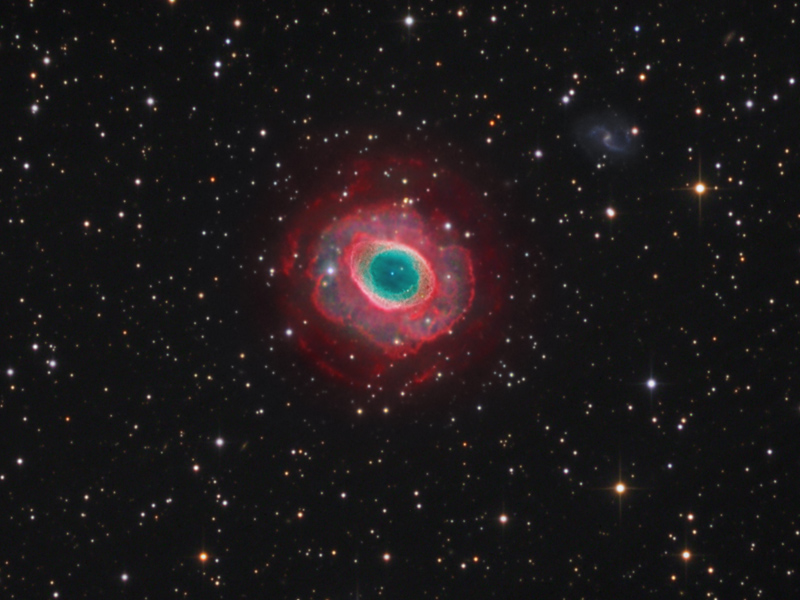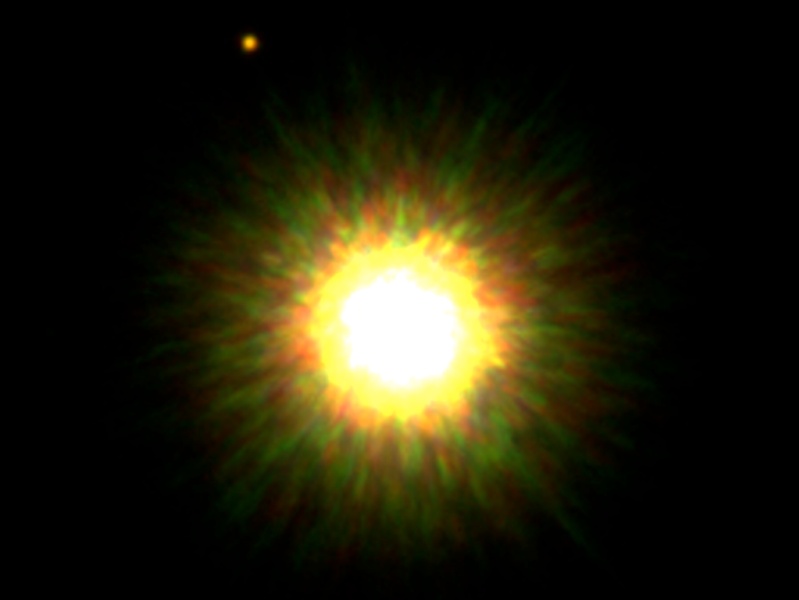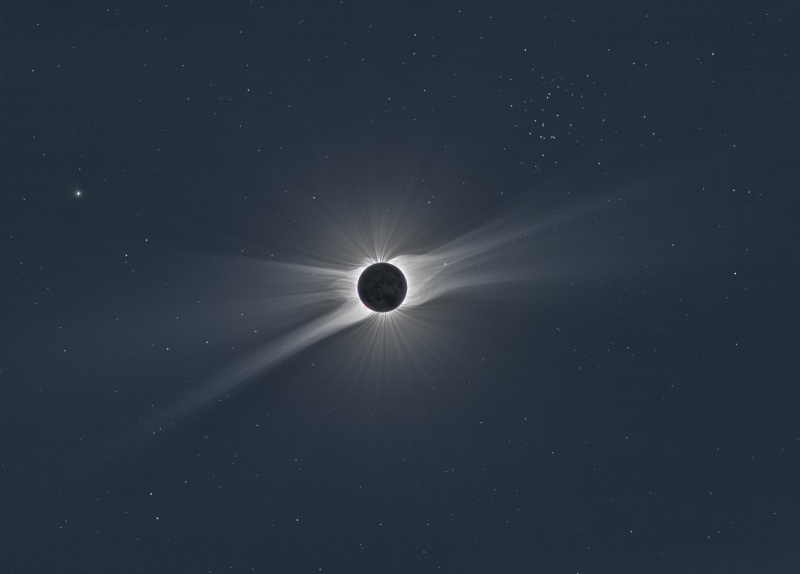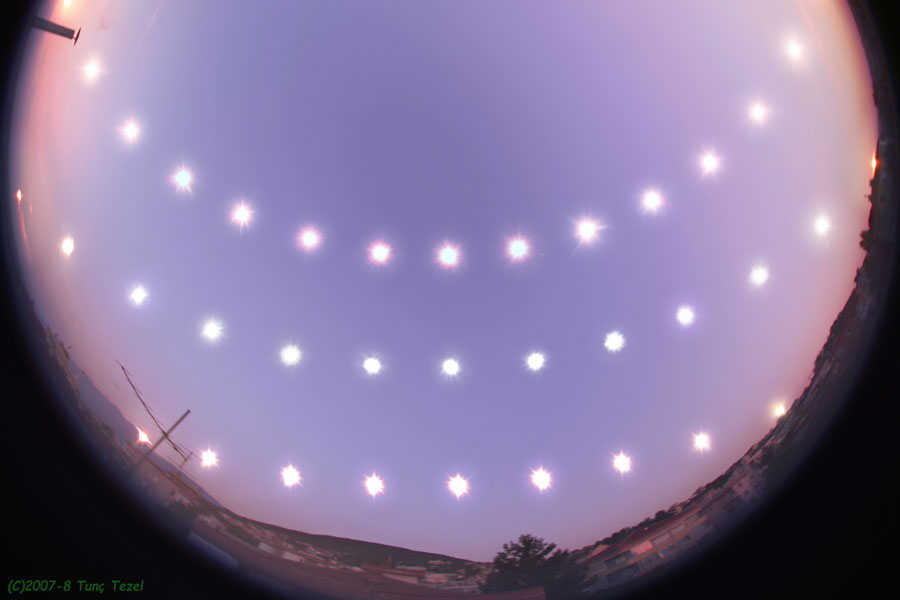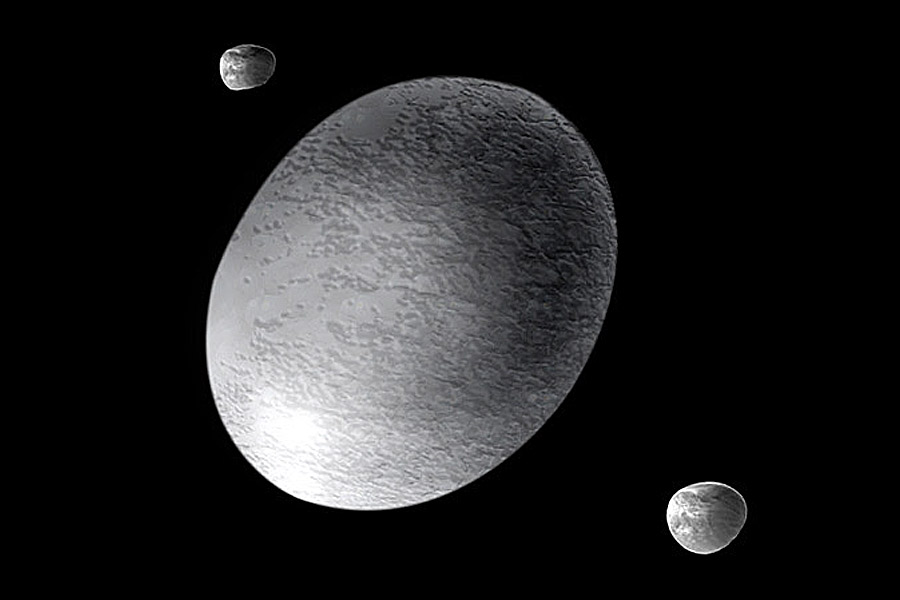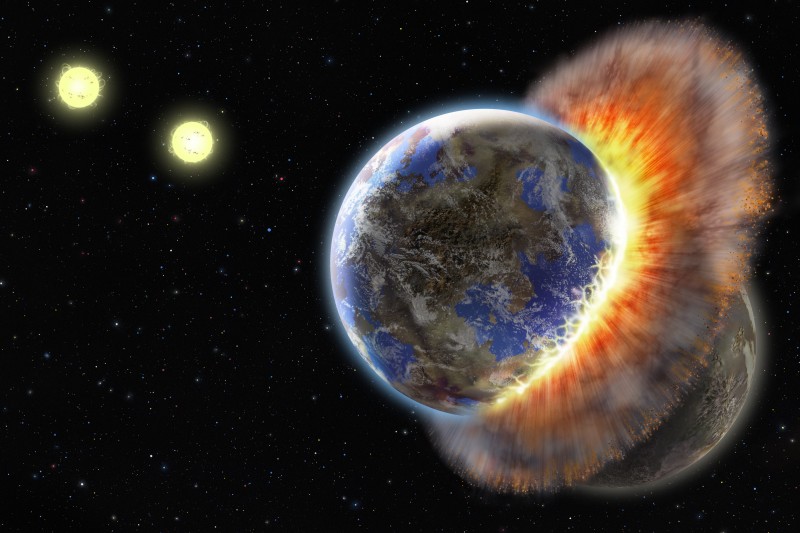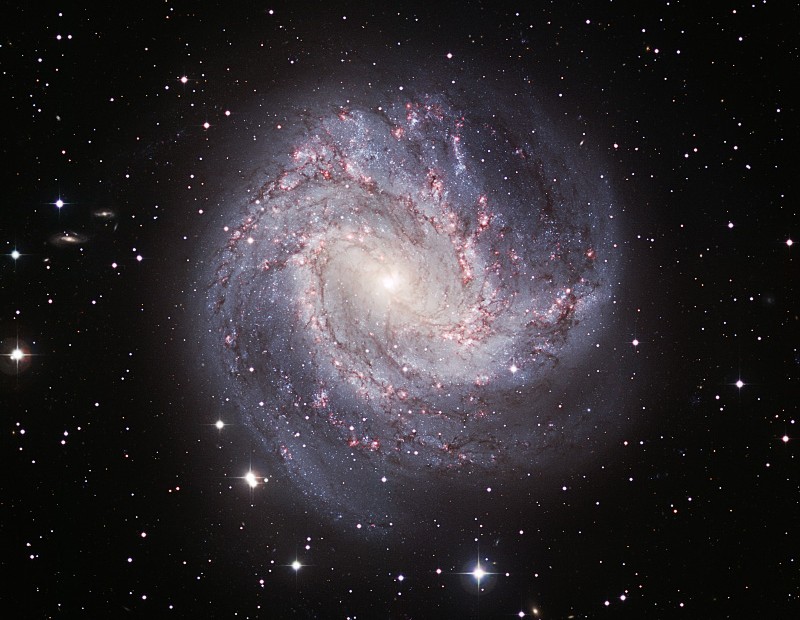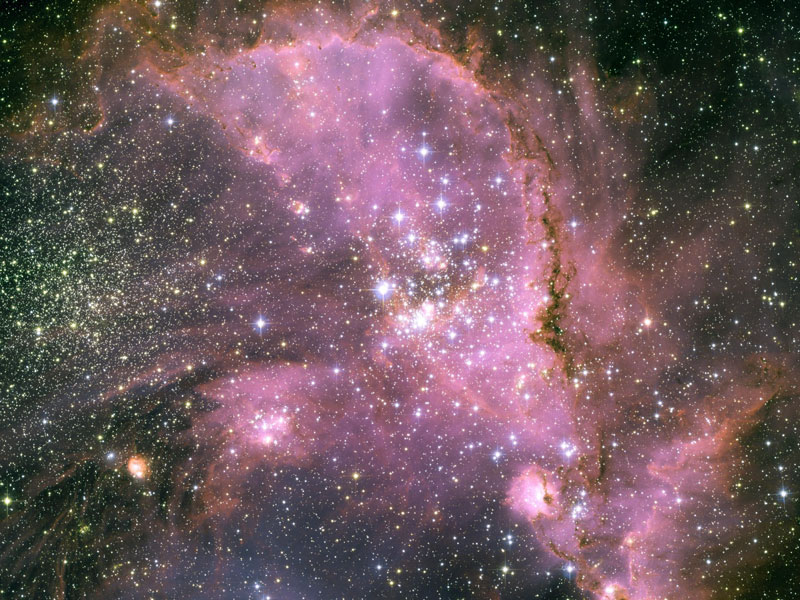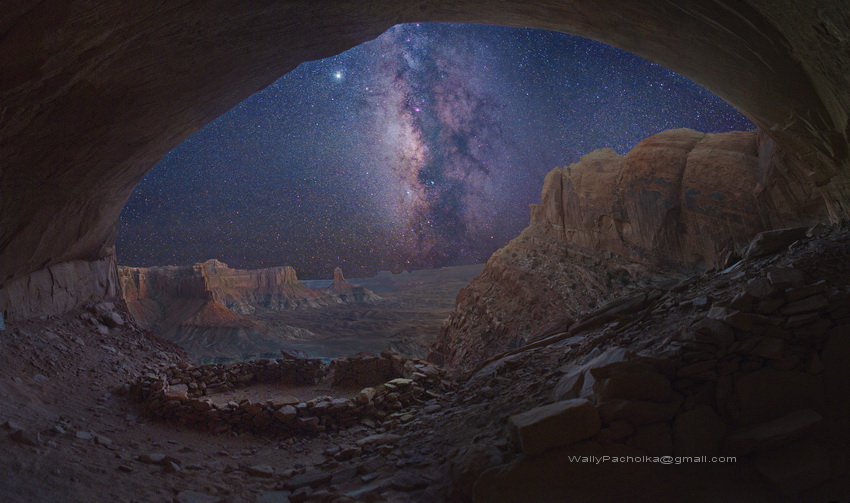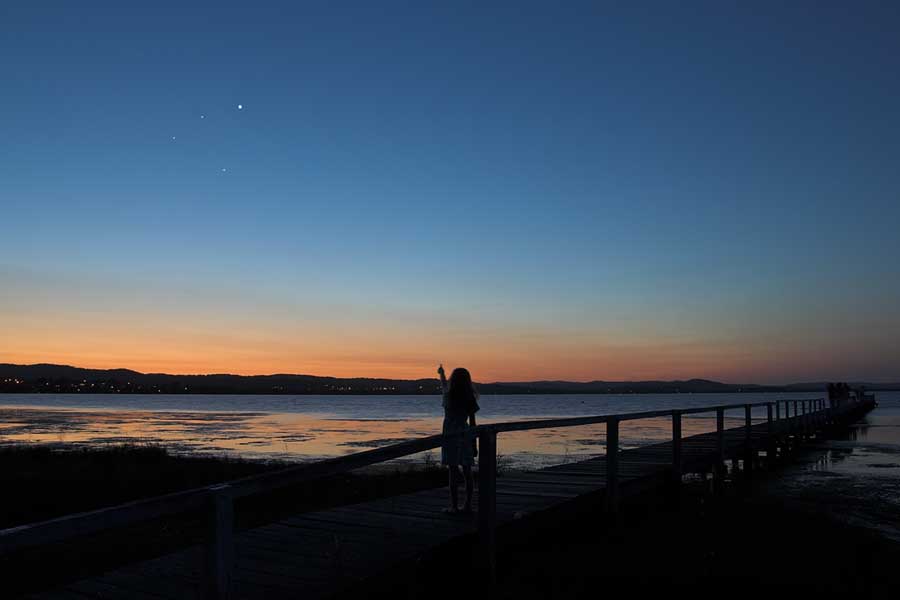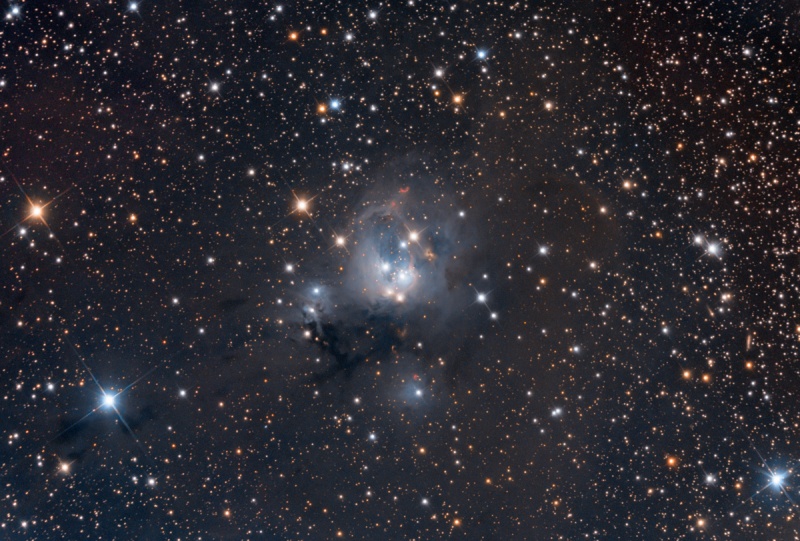Astronomy Picture of the Day
Discover the cosmos! Each day a different image or photograph of our fascinating universe is featured, along with a brief explanation written by a professional astronomer.
2008 September 15
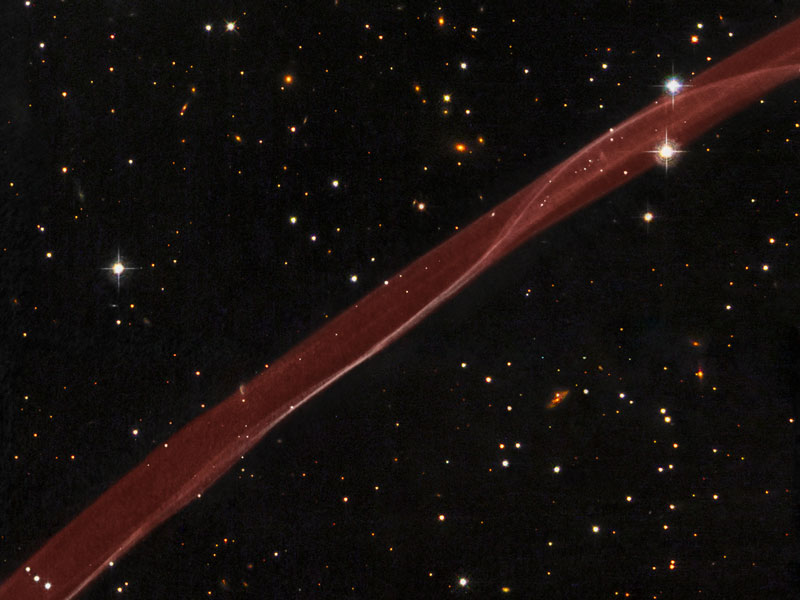
SN 1006: A Supernova Ribbon from Hubble
Credit: NASA, ESA, Hubble Heritage (STScI/AURA); Acknowledgement: W. Blair et al. (JHU) Explanation: What created this unusual space ribbon? Most assuredly, one of the most violent explosions ever witnessed by ancient humans. Back in the year 1006 AD, light reached Earth from a stellar explosion in the constellation of the Wolf (Lupus), creating a "guest star" in the sky that appeared brighter than Venus and lasted for over two years. The supernova, now cataloged at SN 1006, occurred about 7,000 light years away and has left a large remnant that continues to expand and fade today. Pictured above is a small part of that expanding supernova remnant dominated by a thin and outwardly moving shock front that heats and ionizes surrounding ambient gas. SN 1006 now has a diameter of nearly 60 light years. Within the past year, an even more powerful explosion occurred far across the universe that was visible to modern humans, without any optical aide, for a few seconds.
Note: Free Astronomy Course Taught Online by an APOD Editor
Tomorrow's picture: dark clusters collide
Discover the cosmos! Each day a different image or photograph of our fascinating universe is featured, along with a brief explanation written by a professional astronomer.
2008 September 15

SN 1006: A Supernova Ribbon from Hubble
Credit: NASA, ESA, Hubble Heritage (STScI/AURA); Acknowledgement: W. Blair et al. (JHU) Explanation: What created this unusual space ribbon? Most assuredly, one of the most violent explosions ever witnessed by ancient humans. Back in the year 1006 AD, light reached Earth from a stellar explosion in the constellation of the Wolf (Lupus), creating a "guest star" in the sky that appeared brighter than Venus and lasted for over two years. The supernova, now cataloged at SN 1006, occurred about 7,000 light years away and has left a large remnant that continues to expand and fade today. Pictured above is a small part of that expanding supernova remnant dominated by a thin and outwardly moving shock front that heats and ionizes surrounding ambient gas. SN 1006 now has a diameter of nearly 60 light years. Within the past year, an even more powerful explosion occurred far across the universe that was visible to modern humans, without any optical aide, for a few seconds.
Note: Free Astronomy Course Taught Online by an APOD Editor
Tomorrow's picture: dark clusters collide

